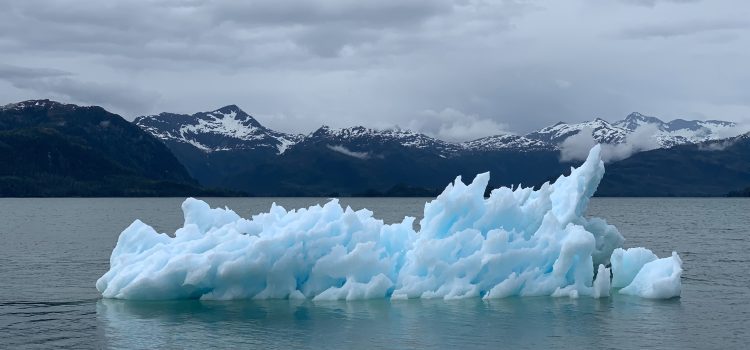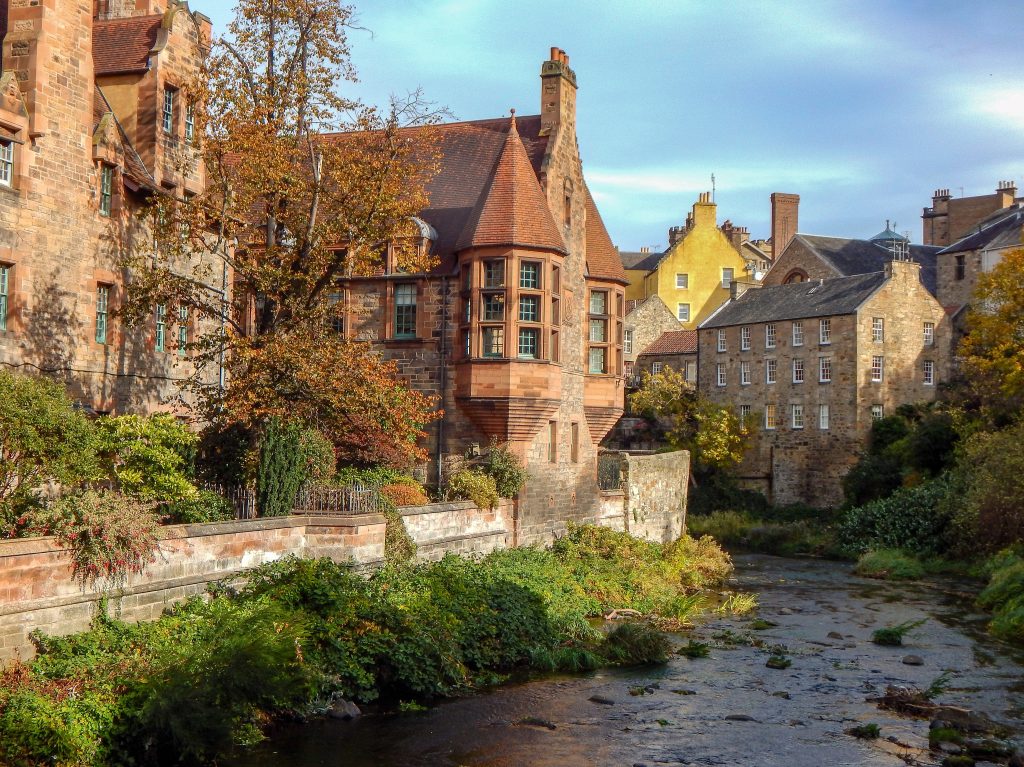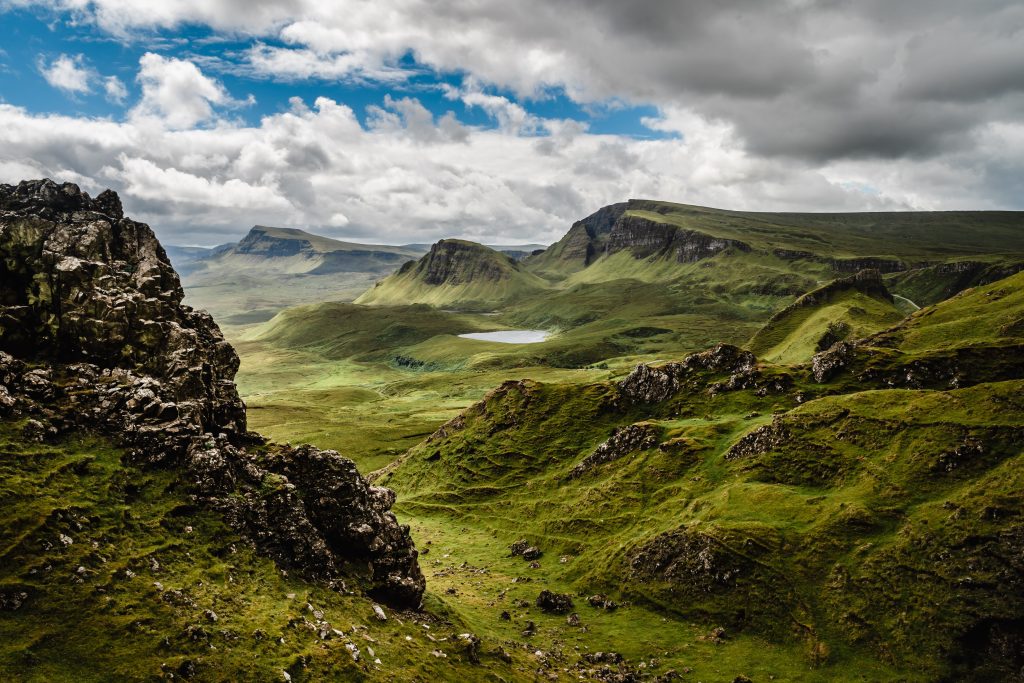
2022 was officially declared the hottest year on record in Scotland, according to the Met Office. With an average temperature of 8.5C, it surpassed the previous record of 8.43C set in 2014. UK-wide, the average annual temperature exceeded 10C for the first time, reaching 10.03C and surpassing the previous high of 9.88C in 2014. The Met Office scientists’ study concluded that human-induced climate change has made record-breaking temperatures significantly more likely, with a 160-fold increase in likelihood. In 2022, every nation within the UK experienced record-breaking heat, with England recording the highest average temperature at 10.94C, followed by Wales (10.23C), Northern Ireland (9.85C), and Scotland (8.50C).

Scotland also witnessed its highest-ever daily temperature on 19 July, hitting 34.8C (94.6F) in Charterhall, Borders. Dr. Mark McCarthy, the head of the Met Office National Climate Information Centre, underlined the significance of the UK surpassing an average annual temperature of 10C, although he acknowledged that this number was arbitrary. Since 1884, all the years with the highest annual temperatures above 10C occurred from 2003 onwards. Dr. McCarthy emphasized that it is evident from observational data that global warming caused by human activities is already impacting the climate in the UK. However, the Met Office cautioned that not every subsequent year should be expected to break temperature records due to natural variability in UK weather patterns. Nonetheless, long-term trends clearly illustrate the influence of climate change over time.

Extreme weather events also marked Scotland’s landscape in 2022. The Scottish Environment Protection Agency (Sepa) issued multiple water scarcity warnings during the summer, particularly concerning regions in the east of the country. Water abstraction was suspended in areas like the River Tyne in East Lothian, River Ythan in Aberdeenshire, and the Lower Tweed in the Borders. Furthermore, Scotland was headed towards its coldest December in over a decade, as Aberdeenshire recorded the UK’s lowest maximum temperature in 12 years on the 12th, reaching -9.3C. Subsequently, Braemar reported a temperature as low as -15.7C. Towards the end of the year, severe flooding caused major travel disruptions in Dumfries and Galloway, leading to an amber warning for heavy rainfall in southern Scotland.
Scotland endured both its coldest winter since 2011 and its hottest month since 2013 in 2021. Rainfall patterns also varied across the country, with the west experiencing drier conditions compared to the east. The annual State of the UK Climate report emphasized that higher temperatures are becoming the new normal, and it highlighted the ways in which climate change is impacting the UK. The effects of climate change are no longer solely occurring in faraway developing nations, as the consequences are increasingly being felt in our own backyard.
Although the average temperature in Scotland for 2022 did not breach double digits, it still marked an increase of 0.07C from the previous record set in 2014 and was 0.81C above the average since 1990. While these figures may appear slight, they can have significant consequences. For instance, the summer months saw dry rivers, resulting in crop losses for farmers in Fife and discussions about potential food supply crises. Warmer weather also leads to intensified rainfall, contributing to the recent floods witnessed in various regions. Climate experts stress the urgent need to reduce carbon dioxide emissions to mitigate the rate of climate change. However, debates surrounding how to achieve this reduction and its potential impact on industries, energy supply, and employment persist.